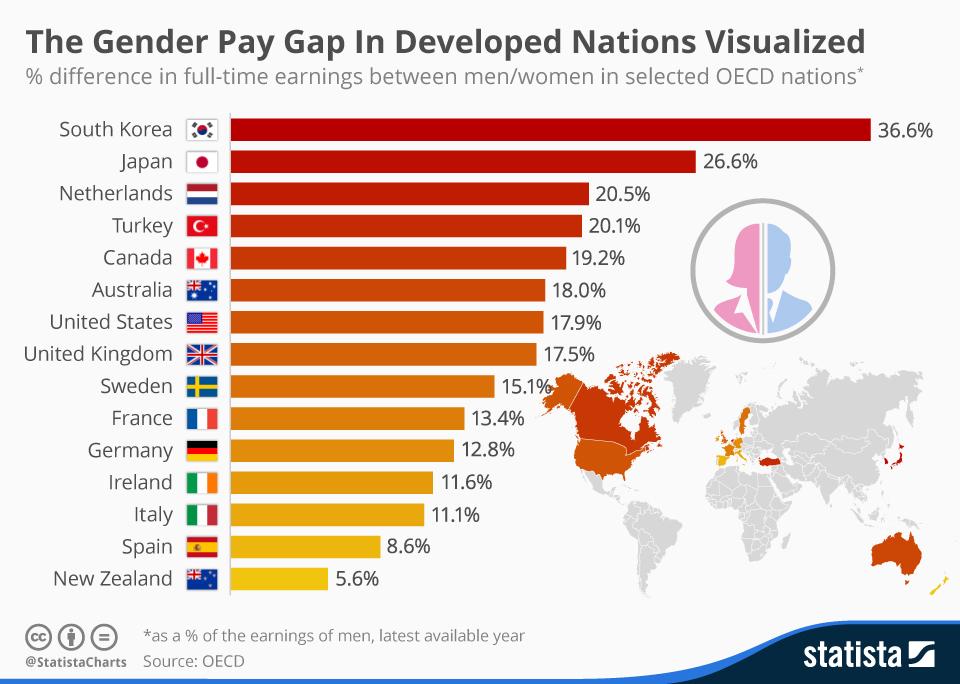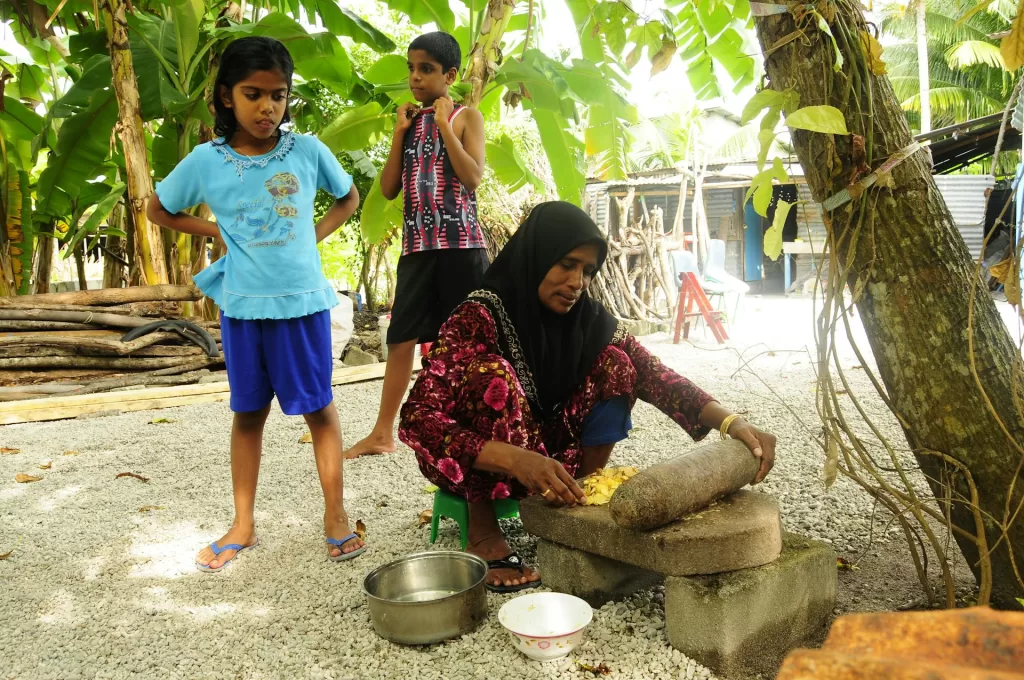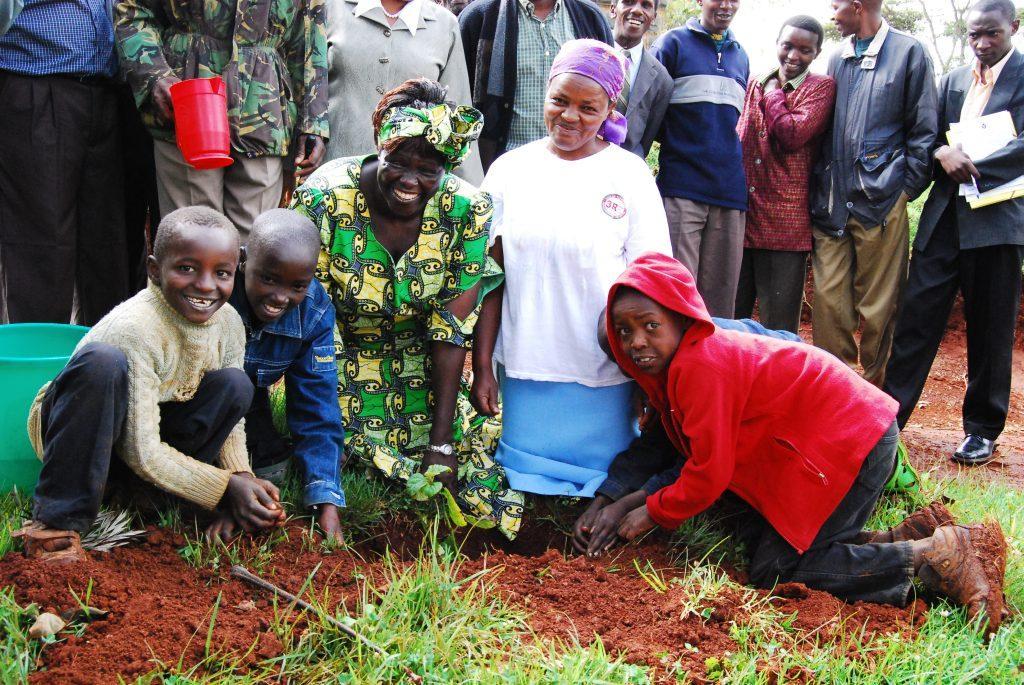In 1979, the United Nations took a historic step by adopting the Convention on All Forms of Discrimination Against Women, signalling a commitment to monitoring and promoting women’s rights globally. However, despite the passage of decades, the journey towards gender equality remains ongoing. While significant strides have been made in many developed countries, statistics reveal persistent disparities that demand our attention and action.
The second half of the twentieth century saw a significant social trend — the increase in women’s participation in the workforce. This positive shift reflects changing societal attitudes and the recognition of women’s capabilities beyond traditional roles.
Yet in 2008, out of the 3 billion people employed globally, only 1.2 billion were women, representing a mere 40.4%. This stark imbalance highlights the need for concerted efforts to create equal opportunities for women in the workforce. Initiatives that aim to break down traditional gender roles and stereotypes can play a crucial role in encouraging women to pursue diverse career paths. Educational programs, mentorship opportunities, and workplace policies that promote inclusivity can contribute to a more balanced representation in various industries. To build on this momentum, it is essential to continue fostering an environment that supports women’s professional aspirations. This includes advocating for flexible work arrangements, affordable childcare, and equal opportunities for career advancement.
Despite progress, a substantial pay gap of 23% between men and women persists, according to the United Nations. This glaring inequality underscores the need for comprehensive measures to address wage disparities. Advocacy for equal pay legislation, transparent salary structures, and workplace policies that actively promote pay equity can contribute to closing the gender pay gap. Additionally, fostering a culture of openness about salaries can empower women to negotiate for fair compensation.
A Global Snapshot of Gender Inequality

Gender inequality is often different across countries, cultures, and socioeconomic statuses. For example, South Korea and Japan stand out with the largest pay discrepancies between men and women among developed nations. Cultural norms and expectations play a pivotal role in shaping workplace dynamics and reinforcing gender-based pay gaps. To address this issue, there is a need for cultural sensitivity training in workplaces, challenging traditional gender norms, and fostering inclusive leadership. Advocating for policies that promote work-life balance and equal opportunities can contribute to dismantling deeply ingrained cultural barriers.
Despite early gains for women in various professions, sectors requiring higher education still grapple with gender discrepancies in employment rates. The Global Gender Gap Report highlights that only 26% and 23% of women hold positions in parliament and ministry, respectively. Often, this is justified by the consequences of the natural differences between men and women.
Initiatives promoting mentorship, scholarship programs, and awareness campaigns can encourage women to pursue education in traditionally male-dominated fields. Additionally, implementing policies that ensure equal representation in leadership roles can dismantle systemic barriers and create a more inclusive environment.
Shockingly, over 2.7 billion women globally are legally restricted from having the same choice of jobs as men. Legal frameworks that limit women’s career choices perpetuate gender inequality on a global scale. International advocacy and diplomatic efforts are crucial in challenging discriminatory laws and promoting gender-inclusive legislation. Collaborative initiatives between governments, NGOs, and international organizations can work towards dismantling legal barriers and ensuring equal opportunities for women in all sectors.
The Developing World

Unfortunately, for much of the developing world, the divide between gender equality is much greater. According to the United Nations, women and girls in developing countries:
- Makeup 60 per cent of those experiencing hunger and poverty.
- Primarily, they work in agriculture (70% in South Asia and 60% in sub-Saharan Africa).
- Less than 20 per cent are landowners.
- Have a higher rate of illiteracy (making up over two-thirds of the global population of illiterate people).
Challenging Traditional Gender Roles
Globally, women are still doing three times as much care and domestic work when compared to men. Although there is growing support for gender equality and allowing women to have equal access to economic opportunities, there is still an expectation that men and women should pursue traditional gender-oriented roles.
These social norms and gender biases are still alive and well around the world. Nurses and teachers, for example, are frequently stereotyped as female, whereas doctors, military personnel, and other uniformed service personnel are assumed to be male.
Why is it essential that we focus on Promoting Gender Equality?
We shouldn’t have to wait 135.6 years to close the gap. Although, on all counts, gender equality seems to have stalled globally, understanding the reality of the pay gap is the first step to moving forward.
Power of Policies
To increase pay transparency and reporting on gender pay gaps, governments across the globe need to lead by example or develop and adopt models internally. Eliminating gender pay gaps within the global public sector would go a long way toward narrowing the overall gender pay gaps present in the private sector.
One option is the implementation of gender-progressive policies that grant legal rights to women. India is one example of a country that reserves political seats for women. It is critical to increase the number of female leaders to enact policies that better represent the preferences of female constituents.
Education!
By 2030, eliminate gender disparities in education and ensure equal access to all levels of education and vocational training.
United Nations
As the saying goes, ”knowledge is power.”. The same principle applies here. Access to education for young girls in developing countries must improve. Wangari Maathai, for example, is a case of the incredible work that women in developing countries can accomplish when allowed to receive an education. The benefits of women in rural communities gaining an education include:
- Reducing gender inequality.
- Lowering poverty and hunger.
- Building climate resilience.
- Improving the survivability of children.

Wangari Maathai was the founder of the Green Belt Movement and the first woman to win the Nobel Peace Prize. Her organisation empowered women in local communities, where they helped plant over one million trees in Kenya. A role model for young women and environmentalists, her story shows the importance of providing education to young girls in rural communities.
Achieving the United Nations Sustainable Development Goals (SDGs) and how they link to Promoting Gender Equality
The United Nations Sustainable Development Goals (SDGs) represent a global roadmap for addressing the most pressing challenges facing humanity, and at the heart of this agenda is the goal of achieving gender equality and empowering all women and girls (SDG 5S). Promoting gender equality is not just a standalone objective but a catalyst for achieving several interconnected SDGs. Here’s how promoting gender equality is integral to realizing the broader spectrum of the SDGs:
Gender equality is a powerful tool in the fight against poverty. When women have equal access to education, employment, and resources, households and communities thrive economically, contributing directly to the goal of eradicating poverty.
Empowering women in agriculture and ensuring their access to resources and education leads to improved food security. Gender equality in the agricultural sector positively impacts food production, contributing to the goal of achieving zero hunger.
Promoting gender equality enhances women’s access to healthcare, leading to better maternal health and improved overall well-being. When women are healthy, families and communities thrive, aligning with the goal of ensuring good health for all.
Ensuring equal educational opportunities for girls and boys is fundamental to achieving SDG 4. Gender equality in education not only empowers women but also contributes to building a more educated and skilled workforce.
Gender equality in the workplace promotes inclusive economic growth. When women have equal opportunities for employment, fair wages, and career advancement, it contributes to the goal of achieving decent work and sustained economic growth.
A Thrivable Framework
Just as THRIVE’s Ciambella chart illustrates the balance between human happiness and environmental well-being, gender equality contributes to this equilibrium. Acknowledging and addressing gender disparities reduces societal strains and fosters contentment, thereby entering the heart of the THRIVE Framework.
Our commitment to researching, educating, and advocating for gender equality mirrors THRIVE’s dedication to creating thriving communities. By breaking down barriers and fostering inclusivity, we contribute to a societal landscape where everyone, regardless of gender, has the opportunity to flourish.
Exploring our blog and podcast series reveals the intricate connection between gender equality and thriving societies. Webinars featuring experts in gender equality and inclusivity delve deeper into this critical issue, aligning with THRIVE’s holistic approach to sustainability.
Stay updated on our research and initiatives promoting gender equality by subscribing to our newsletter. THRIVE recognizes that gender equality is not only a societal benefit but also a critical component for a thrivable future.























